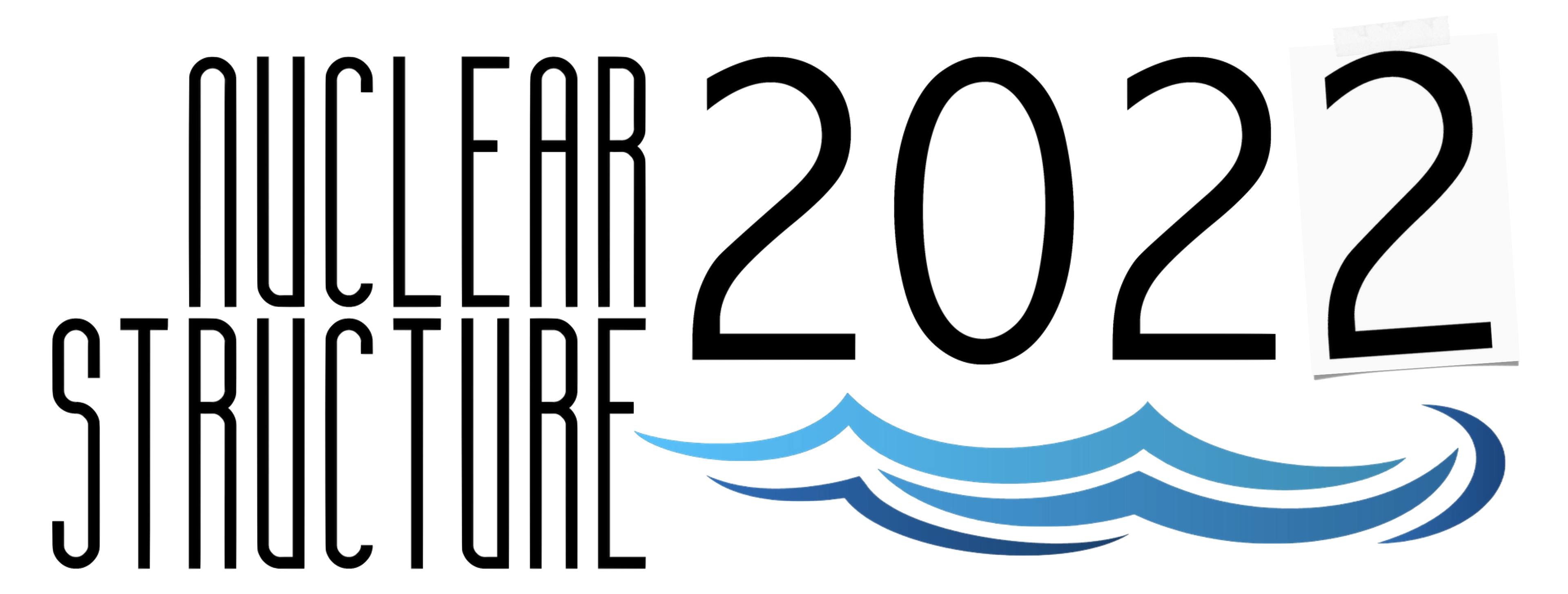Speaker
Description
The ISOLDE Solenoidal Spectrometer (ISS) is a new magnetic spectrometer that has been developed to study direct reactions with exotic beams produced at the ISOLDE facility, CERN. ISS was fully commissioned during 2021 and the first physics campaign took place using a new on-axis position-sensitive silicon array, constructed by the University of Liverpool, mounted inside the 4T former-MRI magnet.
A number of preliminary highlights from the physics campaign will be presented here. These include a measurement to probe changing shell structure in to the $N=20$ island of inversion via a measurement of the $d$($^{30}$Mg,$p$)$^{31}$Mg reaction. These data, combined with previous measurements of the $d$($^{28}$Mg,$p$)$^{29}$Mg reaction [1], provide details on the evolution of single-particle structure across the boundary of the island of inversion with which to assess modern shell-model calculations.
Additionally, at the other end of the nuclear chart, a measurement of the $d$($^{212}$Rn,$p$)$^{213}$Rn reaction identified excited states outside $N=127$. This measurement provides the first spectroscopy of low-lying, single-particle levels in $^{213}$Rn. These data will contribute to our understanding of the evolution of single-particle structure outside the $N=126$ closed neutron shell and the role of the nucleon-nucleon interaction in driving observed trends. Preliminary results and comparisons to calculations will be presented.
[1] P.T.MacGregor et al. Phys. Rev. C. 104 L051301 (2021).
This work was supported by the U.K. Science and Technology Facilities Council [Grants No. ST/V001027/1, No. ST/P004598/1, No. ST/N002563/1, No. ST/M00161X/1 (Liverpool), No. ST/P004423/1 (Manchester), the ISOL-SRS Grant (Daresbury), No. ST/R004056/1 (Gaffney), and No. ST/T004797/1 (Sharp)], the U.S. Department of Energy, Office of Science, Office of Nuclear Physics, under Contract No. DE-AC02-06CH11357 (ANL), the Research Foundation Flanders (FWO, Belgium), the European Research Council under the European Union’s Seventh Framework Programme (FP7/2007-2013)/ERC Grant Agreement No. 617156.

